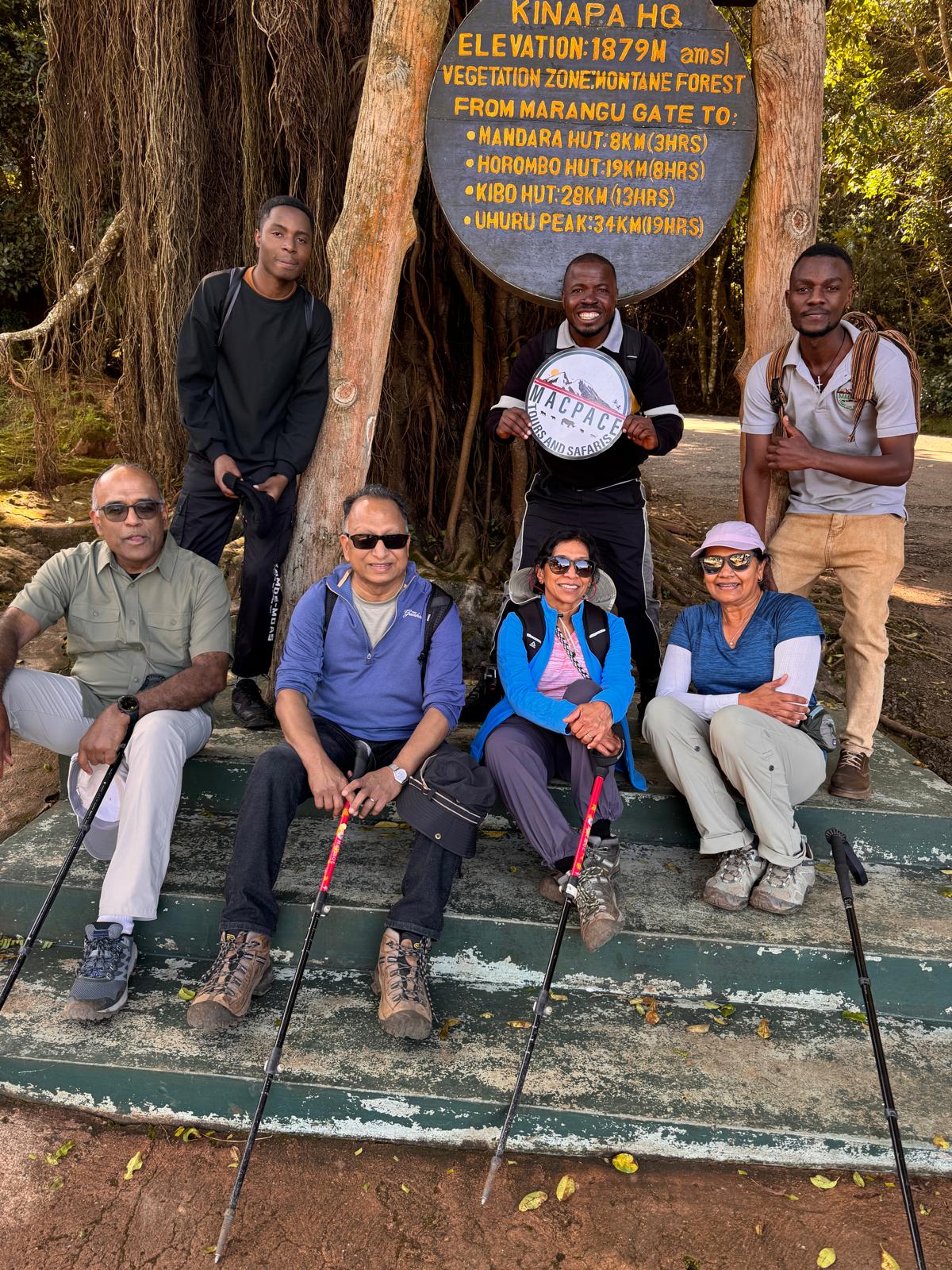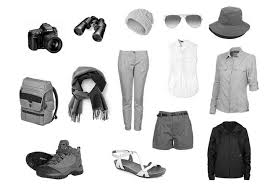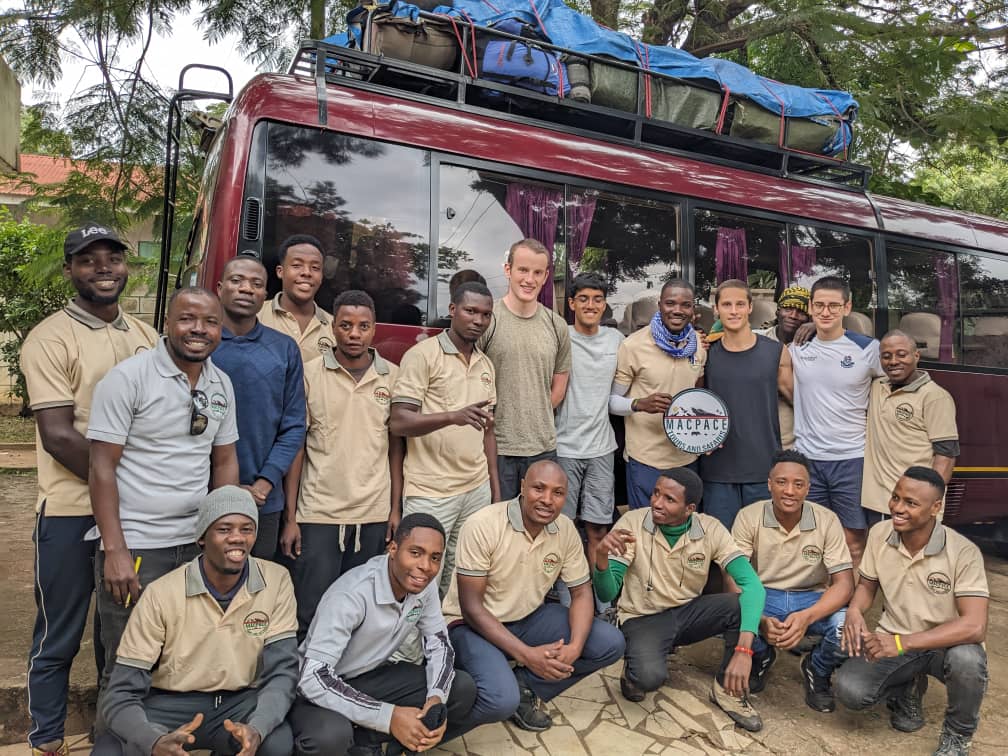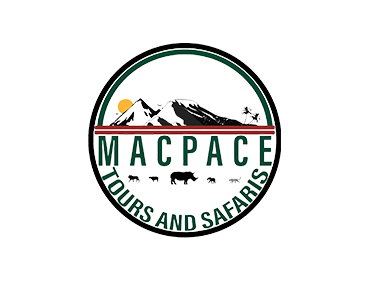Conquering the Roof of Africa: A Beginner’s Guide to Kilimanjaro (2025–2026)
Mount Kilimanjaro, Africa’s towering giant, rises majestically above the Tanzanian plains, its snow-capped peak visible for miles. For countless adventure-seekers, standing atop this iconic mountain is more than just a climb—it’s a transformative journey that tests your endurance, spirit, and determination.
If you’re planning your first trek to Kilimanjaro in 2025 or 2026, this guide is your ultimate companion. From selecting the ideal route and building the right fitness level to packing essential gear, choosing experienced guides, and learning how to stay safe at high altitudes, we’ve covered everything a beginner needs to know.
Whether you dream of the lush rainforests of Marangu, the scenic vistas of Machame, or the remote wilderness of Lemosho, this guide will prepare you for the challenges, and the triumphs, that await on the “Roof of Africa.” By the end of your journey, you won’t just have conquered a mountain, you’ll have discovered a deeper sense of adventure, resilience, and achievement.
So, lace up your boots, pack your curiosity, and get ready to turn your Kilimanjaro dream into reality.
Choosing the Best Route for Beginners
Kilimanjaro offers several routes, each with its own unique landscapes, difficulty levels, and acclimatization opportunities. Choosing the right one can make your first climb both safer and more enjoyable:
1. Marangu Route (“Coca-Cola Route”)
-
Duration: 5–6 days
-
Highlights: Lush rainforest, gentle slopes, and hut accommodations
-
Best for beginners who prefer a less strenuous, structured trail
2. Machame Route (“Whiskey Route”)
-
Duration: 6–7 days
-
Highlights: Scenic vistas, varied terrain, and better acclimatization
-
Recommended for first-timers who want both adventure and a higher summit success rate
3. Lemosho Route
-
Duration: 7–8 days
-
Highlights: Remote wilderness, stunning scenery, fewer crowds
-
Ideal for beginners with more time, as the longer route improves acclimatization and summit success
Tip: Longer itineraries give your body more time to adjust to altitude, which is crucial for your safety and success.
Fitness Level: Preparing Your Body and Mind
You don’t need to be a professional climber, but Kilimanjaro is demanding. Preparing in advance can make the difference between a challenging trek and an unforgettable experience:
-
Cardio: Running, cycling, swimming, or brisk walking 3–5 times per week
-
Strength: Focus on legs, core, and back muscles to handle long ascents
-
Hiking Practice: Multi-hour hikes with a loaded backpack simulate trek conditions
-
Mental Preparation: Kilimanjaro tests patience, endurance, and willpower
Even moderate fitness can be enough if you pace yourself and respect the mountain.
Gear Checklist for First-Time Climbers
Packing smart ensures comfort, safety, and enjoyment on the trail:
Clothing: Moisture-wicking base layers, fleece mid-layers, insulated jacket, waterproof shell
Footwear: Sturdy boots, trekking socks, gaiters
Accessories: Gloves, hat, sunglasses, headlamp, trekking poles
Essentials: Water bottles or hydration bladder, snacks, sunscreen, camera
Sleeping Gear: Required on some routes; huts may provide bedding
Extras: First aid kit, personal medications, and a sense of adventure
Choosing the Right Guide
A certified guide is mandatory and invaluable for a safe and successful climb:
-
Licensed Guides: Navigate terrain, monitor your health, and provide support
-
Support Staff: Porters carry luggage; cooks provide meals
-
Experience Counts: Choose guides with strong first-time climber success rates
Tip: A great guide isn’t just about safety, they’re your morale booster on the toughest sections of the trek.
Safety Tips for First-Time Climbers
Altitude sickness is the biggest challenge on Kilimanjaro. Follow these safety tips:
-
Acclimatize Slowly: Opt for longer routes to give your body time to adjust
-
Hydrate Often: Drink at least 3–4 liters daily
-
Listen to Your Body: Headaches, nausea, or dizziness are warning signs
-
Dress in Layers: Conditions range from humid rainforest to freezing alpine desert
-
Know Your Emergency Plan: Be aware of evacuation routes and carry travel insurance
Top 10 Beginner Mistakes and How to Avoid Them
-
Underestimating Altitude: Take your time, and choose longer routes for acclimatization
-
Overpacking: Carry only what you need; let porters handle the rest
-
Ignoring Weather: Layering is essential for drastic temperature changes
-
Skipping Training: Prepare your cardio, strength, and endurance in advance
-
Rushing the Ascent: “Pole pole” (slowly, slowly) is the mantra for Kilimanjaro
-
Poor Footwear Choices: Make sure boots are broken in before the trek
-
Dehydration: Drink consistently throughout the day, not just when thirsty
-
Neglecting Nutrition: Fuel your body with high-energy snacks and balanced meals
-
Lack of Mental Preparation: Prepare for long days and the mental challenges of the climb
-
Not Hiring Certified Guides: Guides are mandatory for safety and logistics
Everything Beginners Want to Know About Kilimanjaro
-
Do I need climbing experience? No technical skills are required; it’s a trekking mountain.
-
Best time to climb: January–March and June–October for dry, stable conditions
-
How long is the trek? 5–9 days, depending on route and pace
-
Who can attempt it? Most healthy adults; consult your doctor if you have medical conditions
-
Wildlife: Expect monkeys, birds, and unique flora, no dangerous predators
-
Safety: With proper acclimatization, certified guides, and preparation, Kilimanjaro is very safe
Final Thoughts
Climbing Kilimanjaro in 2025 or 2026 isn’t just about reaching the summit, it’s about the journey, the challenges, and the incredible sense of accomplishment along the way. With the right preparation, gear, guidance, and mindset, even first-time climbers can stand triumphantly on the “Roof of Africa.”
Adventure awaits. Take the first step, and let Kilimanjaro change the way you see the world, and yourself.





